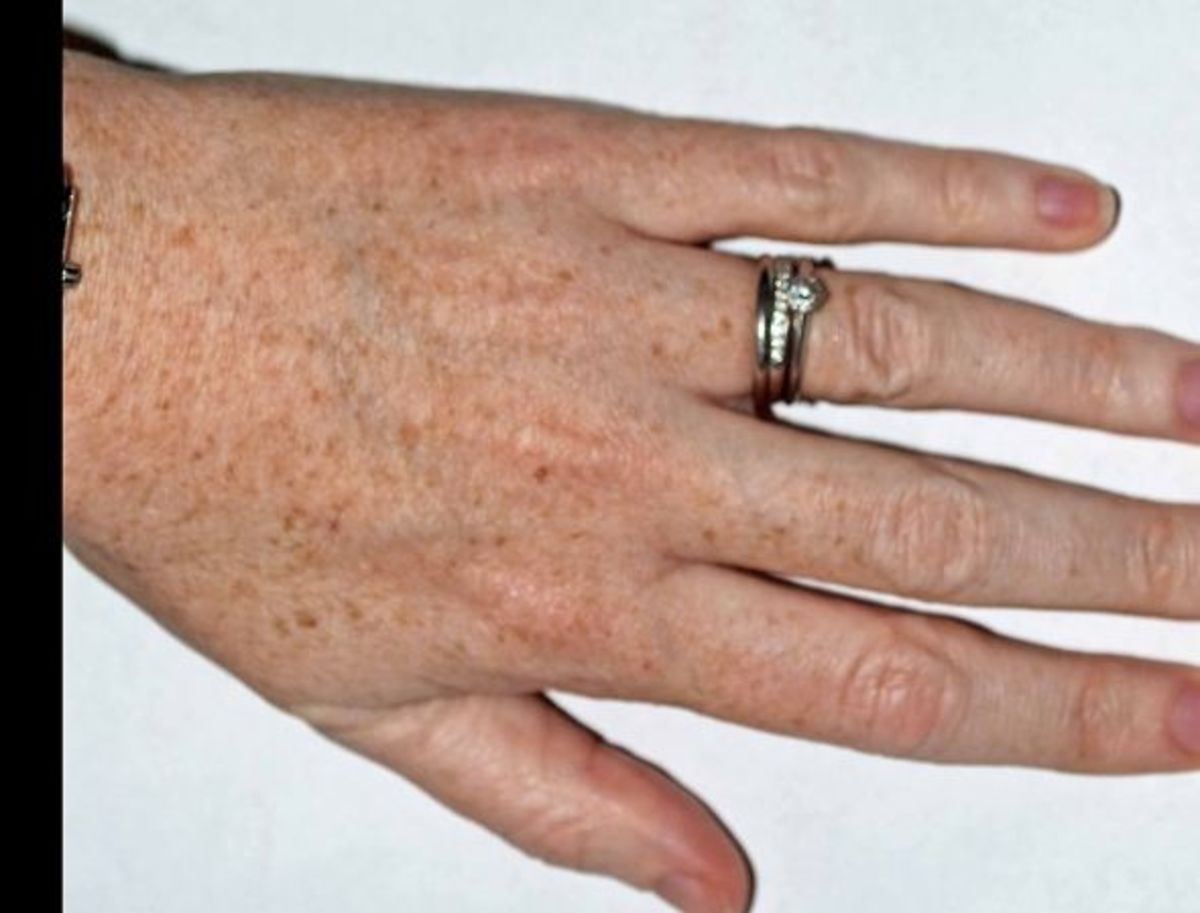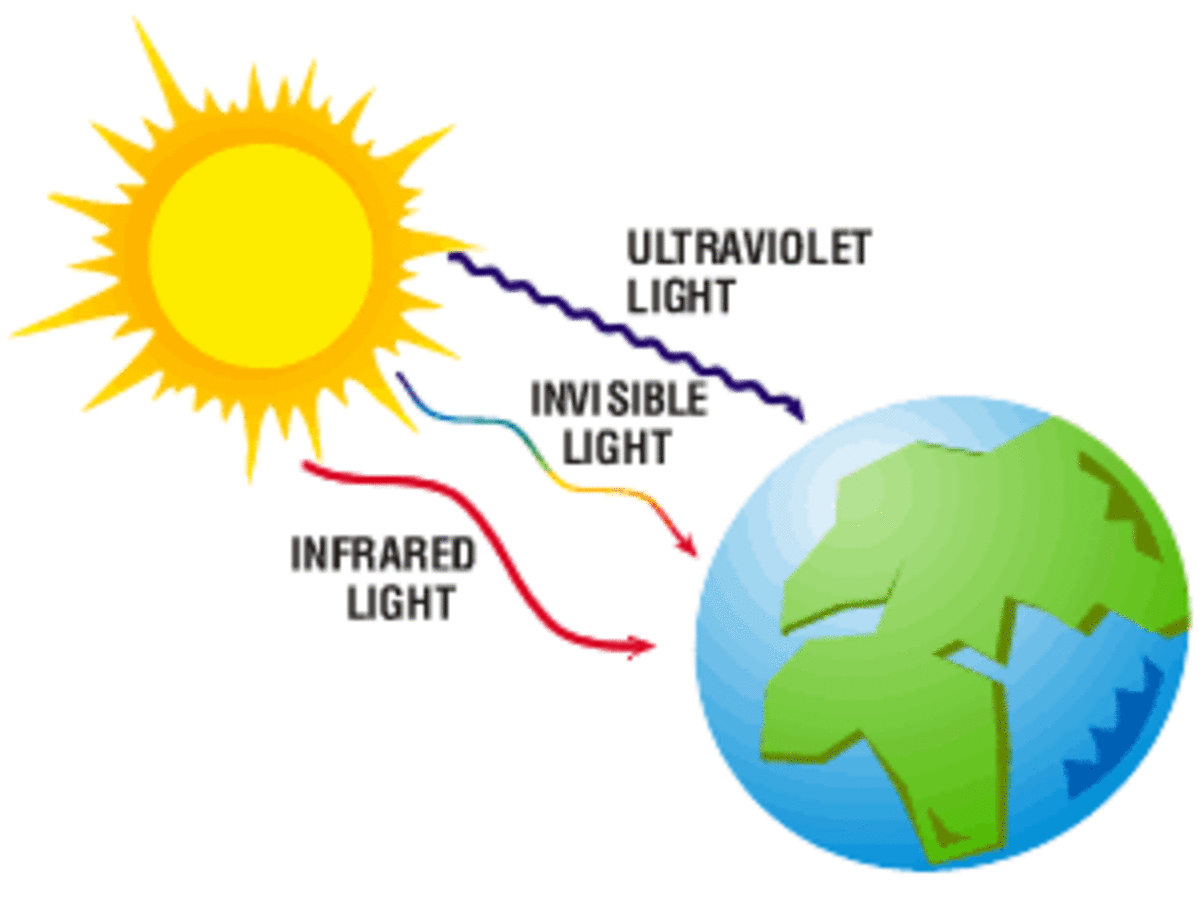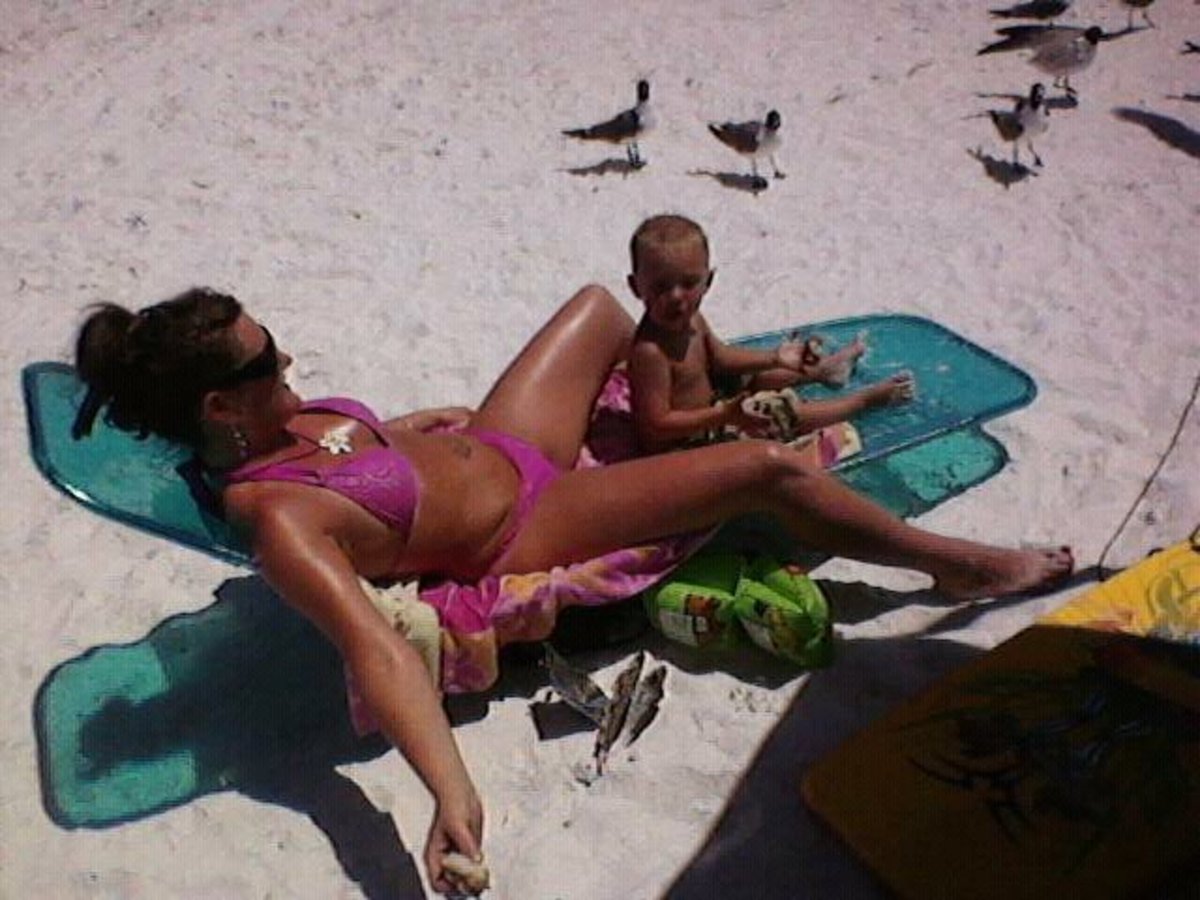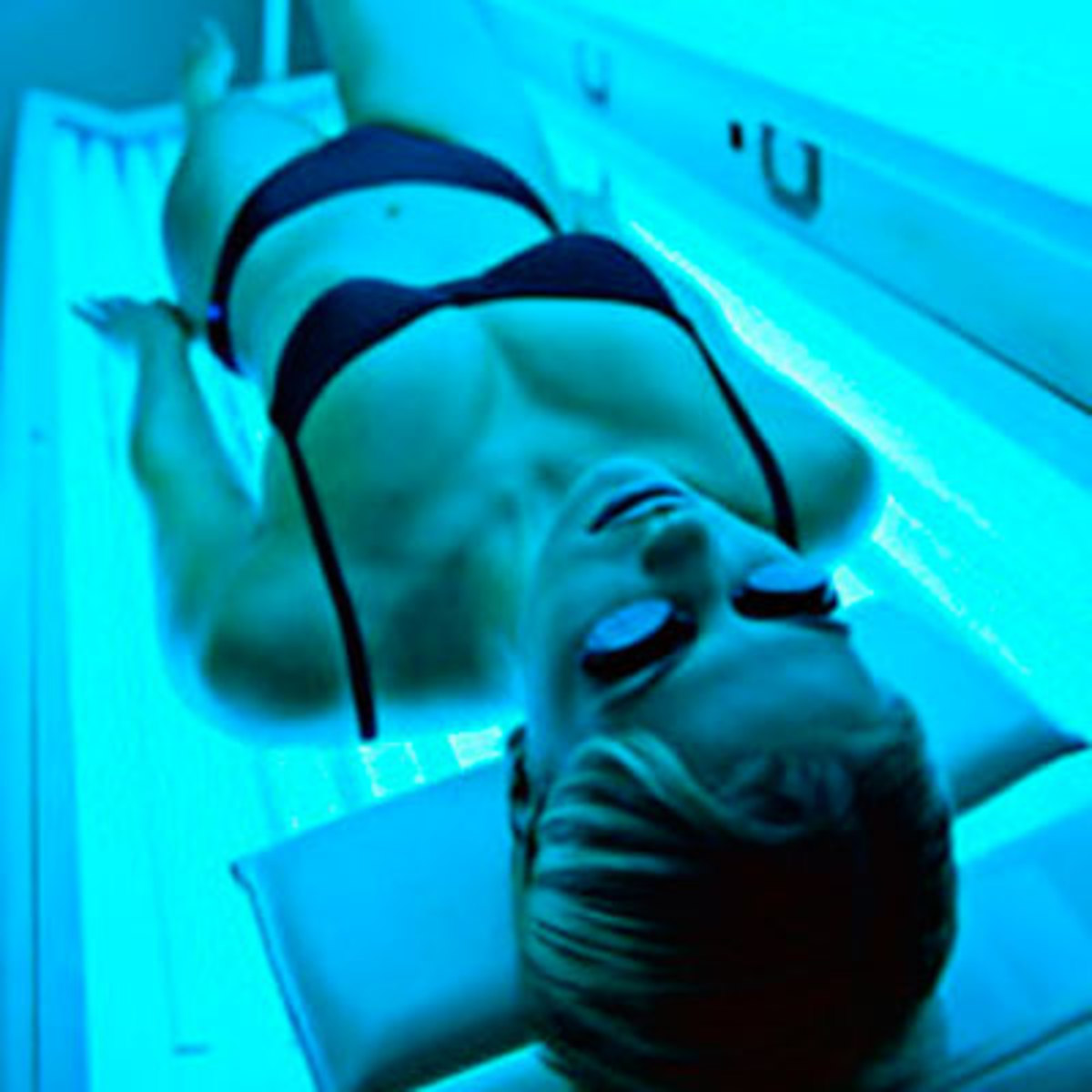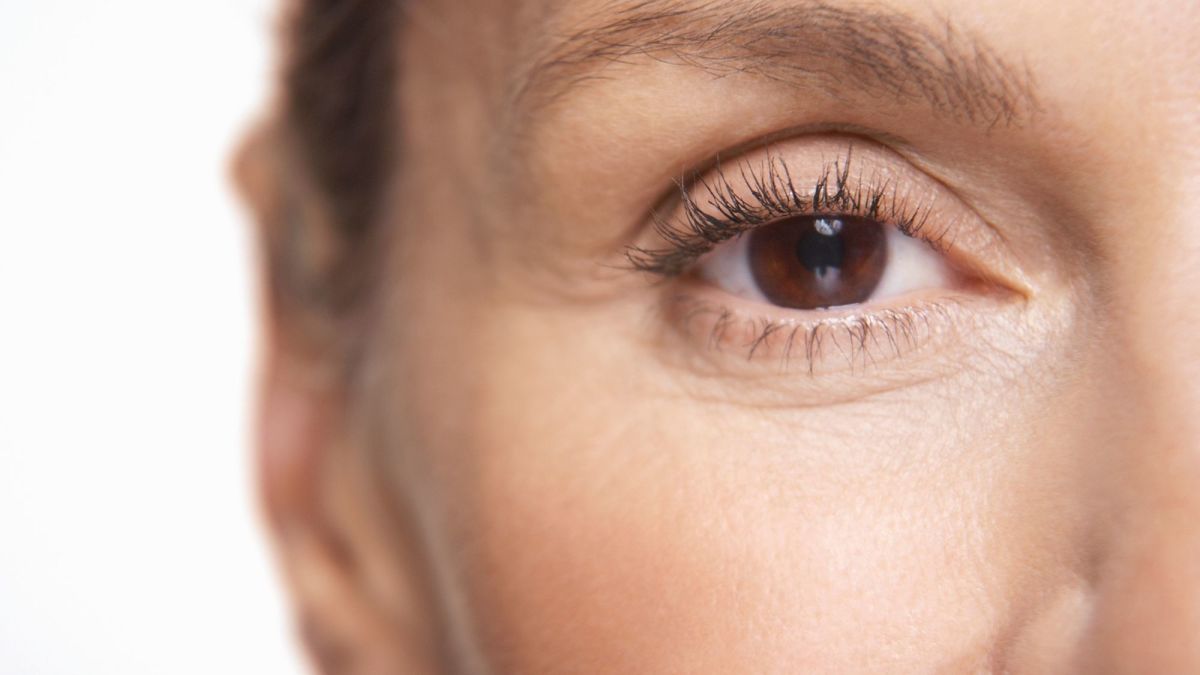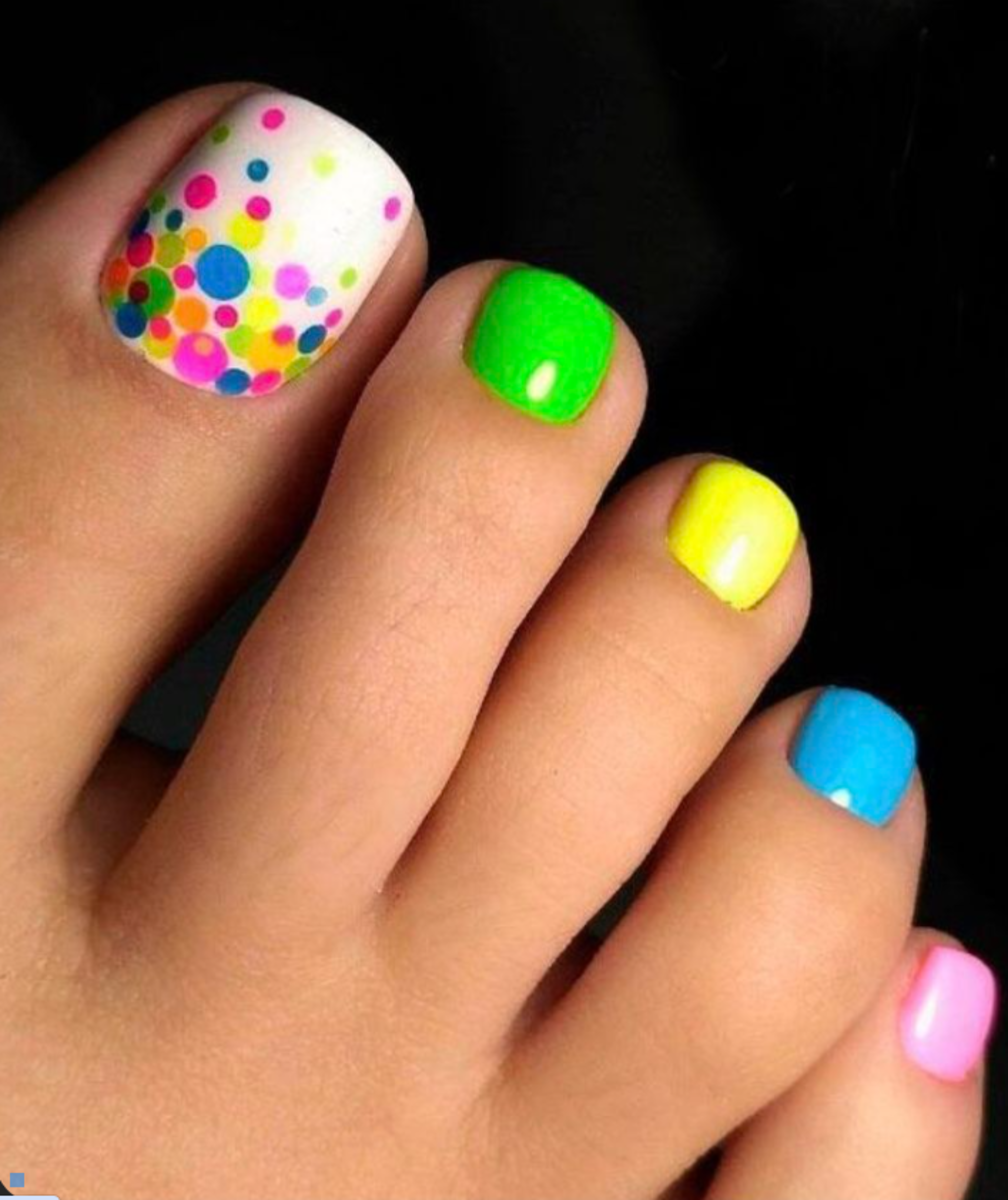How to make sunscreen lotion
What Is Sunscreen Lotion
The purpose of sunscreen lotion is to protect skin from harmful effects of solar radiation.
UV ray having wavelength 290-320 nm are harmful. Above 320 nm are not harmful but used for tanning purpose. Broadly speaking sunscreen preparations are of three types.
Sunburn protection: Absorb greater than 90% UV radiation in the range of 290-320 nm. They protect skin from UV rays of low wavelength.
Sun tanning agent: Absorbs at least 80% UV radiation and transmit UV light at wavelength longer than 320nm and produce tanning.
Opaque sun block agents: Provides maximum protection in form of physical barrier, Titanium dioxide (TiO2) & Zinc oxide are most frequently used in this category. Titanium dioxide (TiO2) reflects and scatters practically all radiations in UV visible range thereby preventing or minimizing both sunburn and sun tan.
Sunscreen should either scatter the incident light effectively or they should absorb the harmful portions of sun’s radiant energy. Opaque powdered material when applied to skin either in dry state or when incorporated into suitable vehicle will serve to scatter tight falling on them, hence they protect the skin from harmful effects of sun.
Sunscreen Agents approved in USA
| Maximum permitted concentration (%)
|
|---|---|
Titanium dioxide
| 25
|
Zinc oxide
| 25
|
Homosalate
| 15
|
p - Aminobenzoic acid (PABA)
| 15
|
Trolamine salicylate
| 12
|
Octocrylene
| 10
|
Salisobenzone
| 10
|
Octyl dimethyl PABA
| 8
|
Octinoxate (octyl methoxycinnamate)
| 7.5
|
Oxybenzone
| 6
|
Meradimate (menthyl anthranilate)
| 5
|
Octisalate (octyl salicylate)
| 5
|
Ensulizole (phenylbenzimidazole sulfonic acid)
| 4
|
Avobenzone
| 3
|
Cinoxate
| 3
|
Dioxybenzone
| 3
|
List of sunscreen agents approved in USA with maximum permissible concentration
Properties of a good sunscreen formula
- It must be effective in absorbing radiation in 290-320 nm(nanometer) without breakdown, which would reduce its efficiency or may give rise to toxic or irritant compound
- It must allow full transmission in 300-400nm range to permit maximum tanning effect. Only for products formulated as sun tanning agents.
- It must be non-valatile and be resistant to water and perspiration.
- It must have suitable solubility characteristics to allow formulation.
- Should be Non-odorous, non-toxic, non-sensitive.
- The sunscreen should be capable of retaining its protective capacity for several hours.
- Should be stable under condition of use.
- It must not stain clothing. Example- PABA & its derivation salysylate, cinnamic acid derivatives, coumarin, anthanilicle.
A suitable sunscreen agent can be added in various types of bases like water in oil type emulsion of lanolin, petroleum jelly, vanishing cream base or petroleum base. List of sunscreen agents that are approved in USA along with maximum permissible concentration is given in the table on the right.
Marketed products-
- Lakme sunscreen lotion
- Oriflame suncare.
Sunscreen formula
Qty
| Qty
| |
|---|---|---|
Ingredients
| Formula 1
| Formula 2
|
PABA
| 5 grams
| 5 grams
|
Titanium dioxide
| 3 grams
| 2 grams
|
Mineral oil
| 5 grams
| 3 grams
|
Cetyl alcohol
| 2 grams
| -
|
Stearic acid
| 4 grams
| 2 grams
|
Triethanol amine
| 1.8 grams
| -
|
Glyceryl monosterate
| --
| 3 grams
|
Lanolin
| --
| 2 grams
|
Propylene glycol
| 5 grams
| 5 grams
|
S.L.S
| --
| 1 gram
|
Preservatives (methyl paraben and propyl paraben)
| Quantity sufficient
| Quantity sufficient
|
Perfume
| Quantity sufficient
| Quantity sufficient
|
Water
| Quantity sufficient to make 100%
| Quantity sufficient to make 100%
|
Sunscreen Lotion formula
Steps to make sunscreen lotion
- Step 1: water soluble ingredients [propylene glycol, SLS, methyl paraben ] are first weighed and dissolved in required amount of water.
- Step 2: Oily ingredients [ glyceryl monostearate , lanolin, propyl paraben ] are seperatly weighed and melted to form a homogeneous mass, temperature should not exceed 70 degree Celsius.
- Step 3: Both the phases are maintained at 60 degree Celsius and oily phase is added to aqueous phase with vigorous stirring, if possible triturate it using glass mortar pestle previously heated to 60 degree Celsius.
- Step 4: hot mixture should now be triturated well with sieved and weighed titanium dioxide in the same glass mortar.
- Step 5: allow the preparation to come to room temperature and then add perfume.
- Step 6: Now transfer the sunscreen lotion to a previously labeled suitable container. Your sunscreen is ready to be used or sold!


